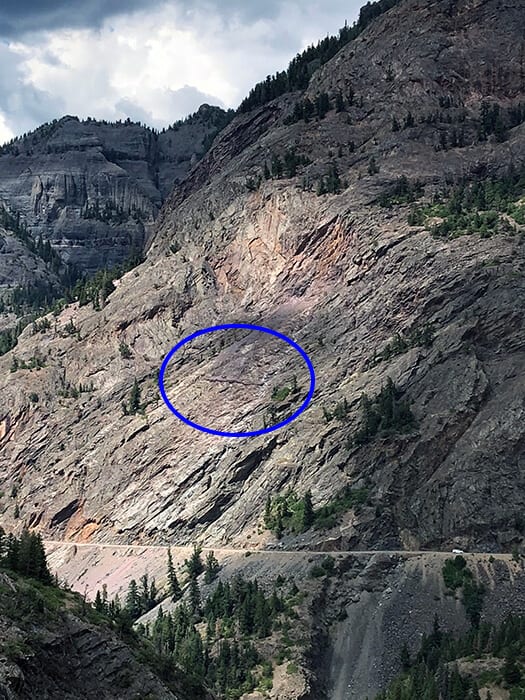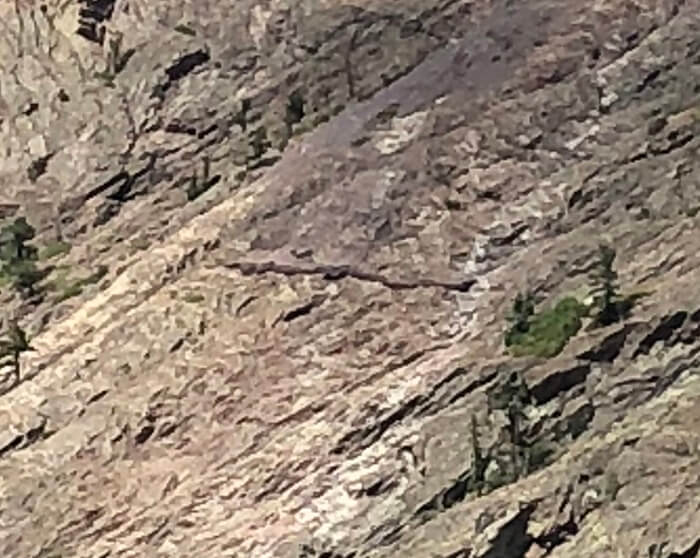



Falling rock can damage infrastructure and private property and, unfortunately, even result in loss of life. Rockfalls occur due to several causes, including:
A rock barrier can catch falling rocks and disperse their energy safely while diverting the loose rocks to a predetermined catchment area. The barrier acts as the first line of defense and is a standard part of any rockfall mitigation strategy. Other common types of rockfall defense include:
At GeoStabilization International®, our geotechnical engineers, geological specialists, and Rockfall Remediation Technicians provide some of the finest expertise in the United States to address rockslides and erect barriers to ensure the safety and stability of rockfaces such as cliffs and hillsides, especially those that threaten highways or buildings below.
Rockfall barriers come in two broad types: solid rock barriers and flexible rock barriers. Solid barriers use materials such as concrete, earth, or block walls to arrest the movement of a rockfall. Flexible barriers consist of less durable materials that break rockfalls by dissipating the kinetic energy associated with falling rocks.
Both types of rockfall barriers have their place in a rockfall mitigation strategy. While flexible systems are easier to install, they require a buffer zone to allow for the deformation of the fence during a landslide or rockfall event. Solid rock barriers are more expensive and difficult to install, but they provide a more robust option for larger hazards.
Rockfall barriers vary in height, impact resistance to variable kinetic energy levels, and positioning. Such barriers can range from high-tensile steel wire fences that can withstand extremely high impact energy levels through energy absorption, on the one hand, to engineered mesh netting made of high-tensile wire ropes and double-twist steel wire mesh that drapes over a slope to catch and contain falling debris.
GeoStabilization International® received a contract from the Colorado Department of Transportation to inspect and maintain a previously installed rockfall barrier above a major freeway, Interstate 70, in the state’s mountains. The area had undergone several rockfall events, and the DOT had concerns about the existing barrier’s effectiveness and remaining functionality.
We sent our expert team of Rockfall Remediation Technicians (RRTs) to investigate. The first step was to assess the condition of the existing barrier. The team accessed the area using rope-access techniques and conducted an extensive inspection of the barrier to validate the maintenance actions required to bring it to its original service condition. The RRTs’ findings were concerning — a large part of the south portion of the barrier along the southernmost, approximately 150 to 200 linear feet (LF), was fully loaded and unable to handle subsequent rockfalls. The double-twist mesh had ruptured in several localized areas, presenting a serious hazard to vehicles on the highway below.
RRTs then scaled the immediate vicinity of the work area to ensure safe work conditions, repairing localized mesh ruptures and performing hand-scaling where the fence was overloaded or overtopped.
Our company then worked with the DOT’s engineers to evaluate enhanced mitigation methods for the site that included fully scaling the area around the barrier, hydro-scaling the slope, or installing a new larger barrier below the existing one. Once the choice was made to install a more substantial barrier, our RRTs installed it to the manufacturer’s specifications.
GeoStabilization International® is a rockfall mitigation company with a history of successful projects in the United States, Canada, and Australasia. Call us at 855-579-0536 for more information about our projects.
If you are interested in a no-obligation site visit to determine if our services fit your geohazard mitigation needs, call us at 855-579-0536 or fill out our contact form.